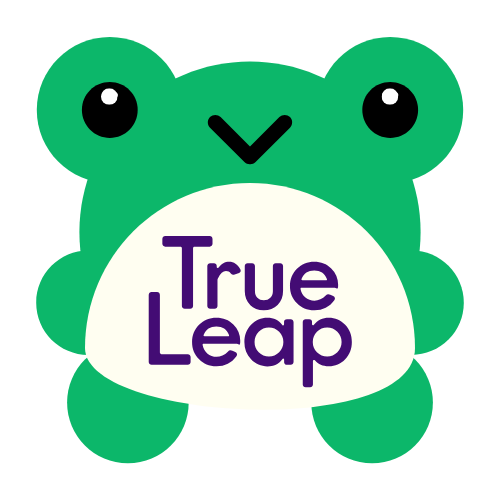Technology in education has significantly transformed how we teach and learn, offering both educators and students innovative tools and resources. Here’s an overview of how technology is integrated into education:
1.Online Learning Platforms
E-learning courses: Platforms like Coursera, edX, and Khan Academy provide opportunities for students to take courses online from universities and institutions worldwide.
Learning Management Systems (LMS): Tools like Moodle, Canvas, and Google Classroom allow educators to organize, distribute, and assess learning materials and assignments in one place.
2.Interactive and Digital Content
Multimedia Tools: Tools like videos, podcasts, infographics, and interactive simulations make learning more engaging and accessible. For example, virtual labs and 3D modeling enhance STEM education.
Gamification: Platforms like Kahoot! and Quizizz use games to make learning fun while reinforcing knowledge.
3.Virtual Classrooms
Video Conferencing: Platforms like Zoom and Microsoft Teams enable real-time interaction between students and teachers, allowing for virtual classes and remote learning.
Collaboration Tools: Google Docs and other shared platforms let students collaborate on projects and assignments in real time.
4.Artificial Intelligence (AI) and Personalized Learning
AI Tutors: AI-powered programs like Squirrel AI and Duolingo adapt to individual student needs, offering personalized lessons and feedback.
Learning Analytics: AI helps track students’ progress, identify areas of improvement, and suggest learning strategies.
5.Virtual Reality (VR) and Augmented Reality (AR)
Immersive Learning: VR and AR create immersive learning experiences. For instance, VR field trips allow students to explore historical sites or outer space, while AR apps bring 3D models into the classroom for interactive learning.

